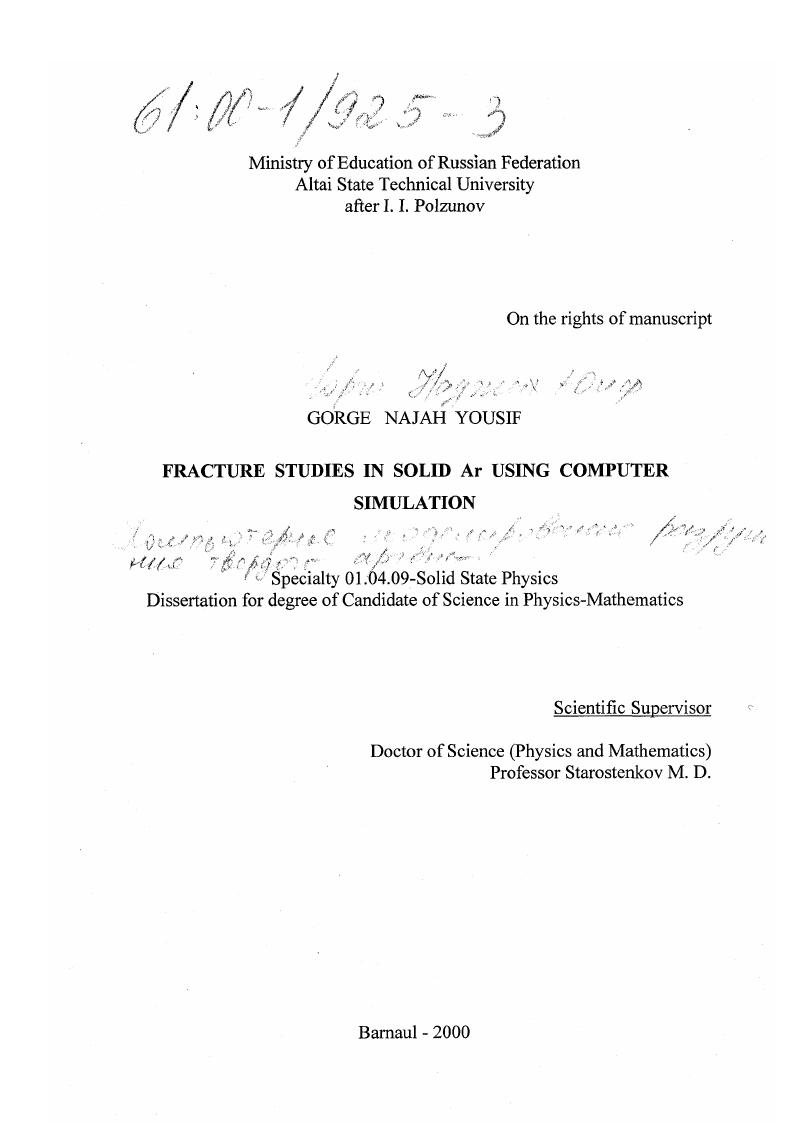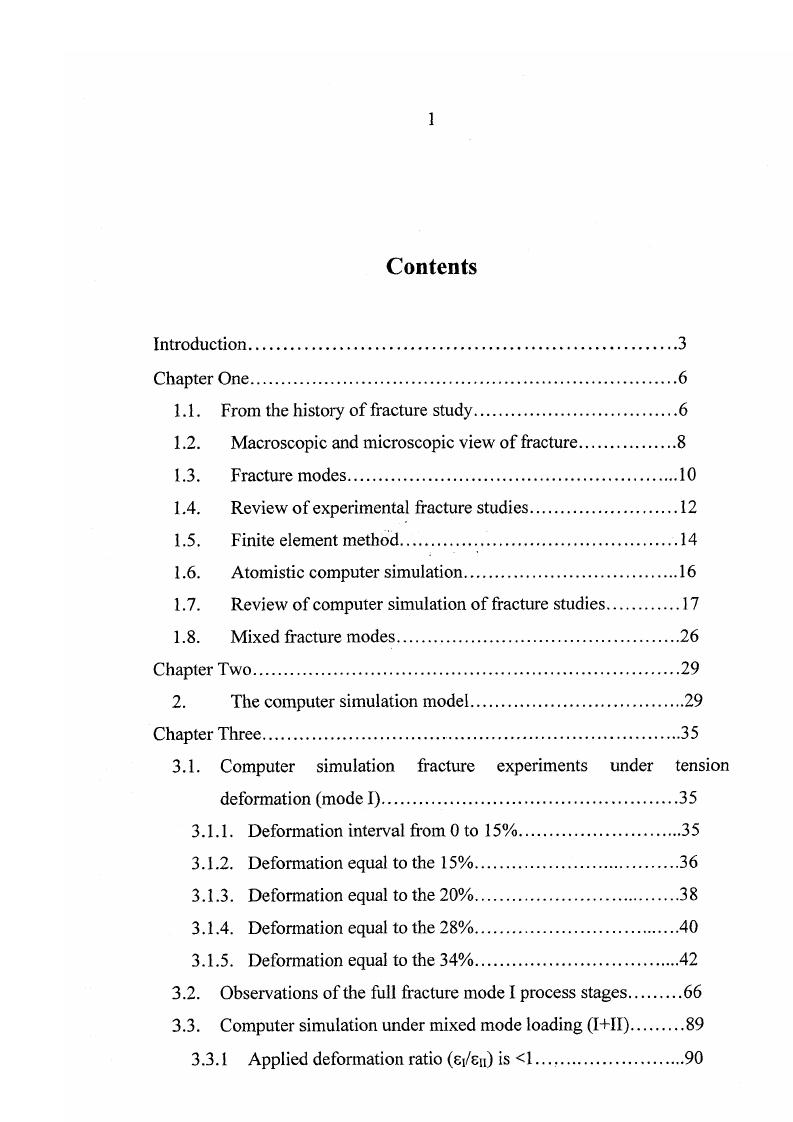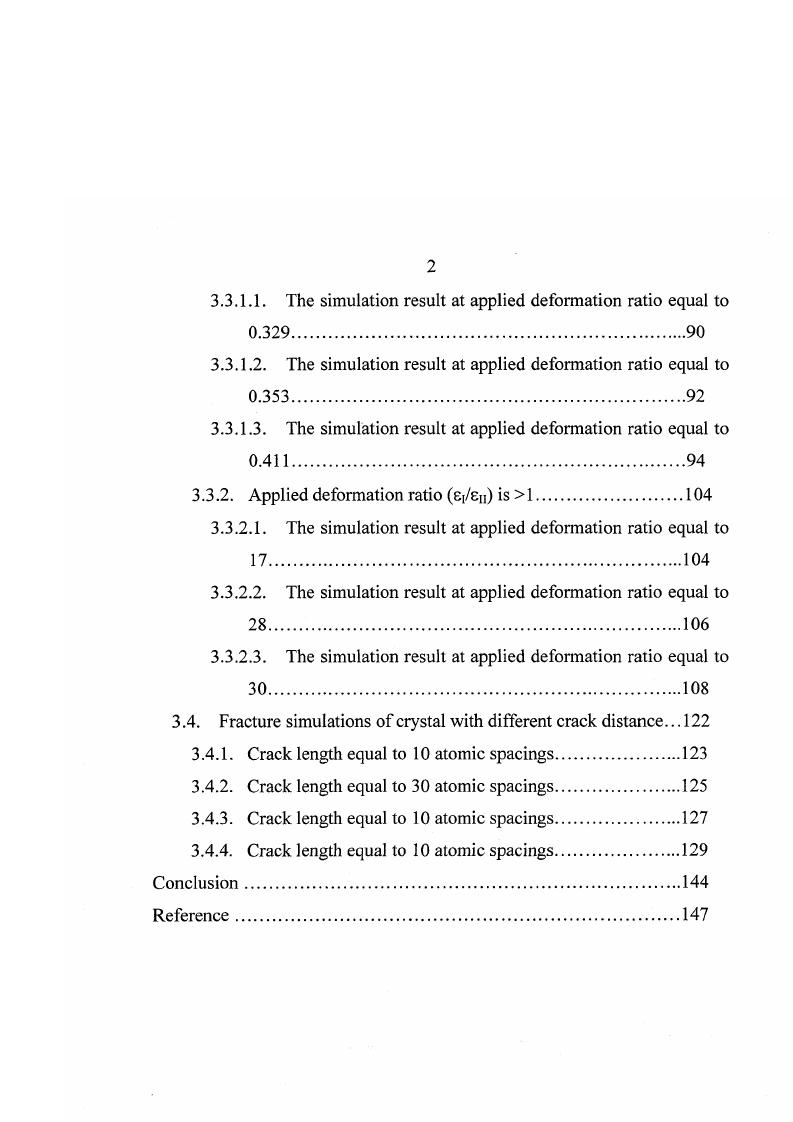Компьютерное моделирование разрушения твердого аргона

- Автор:
Горги Наджах Юсиф
- Шифр специальности:
01.04.07
- Научная степень:
Кандидатская
- Год защиты:
2000
- Место защиты:
Барнаул
- Количество страниц:
165 с. : ил.
Стоимость:
700 р.250 руб.
до окончания действия скидки
00
00
00
00
+
Наш сайт выгодно отличается тем что при покупке, кроме PDF версии Вы в подарок получаете работу преобразованную в WORD - документ и это предоставляет качественно другие возможности при работе с документом
Страницы оглавления работы


Рекомендуемые диссертации данного раздела
| Название работы | Автор | Дата защиты |
|---|---|---|
| Делокализованные и локализованные состояния позитронов и позитрония в щелочногалоидных кристаллах и полупроводниках | Кузнецов, Павел Викторович | 1983 |
| Структура и динамика решетки кристалла LaMnO3 | Попов, Сергей Эдуардович | 2003 |
| Процессы и эффекты при термически активированной миграции триплетных возбуждений в твёрдых растворах органических соединений | Гаджиалиева, Ирина Вячеславовна | 2009 |